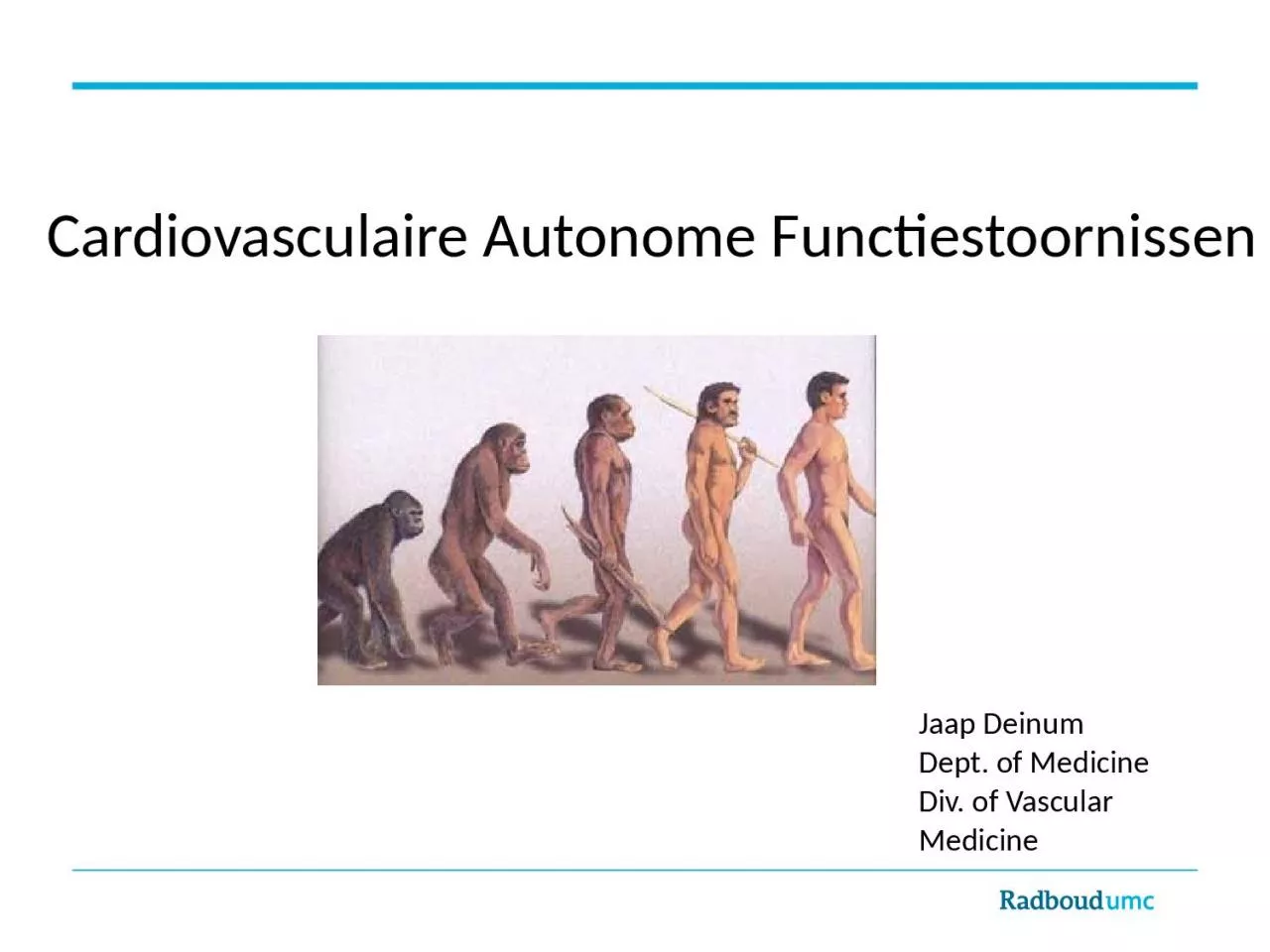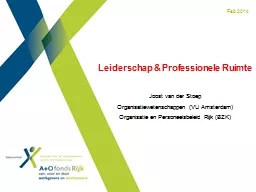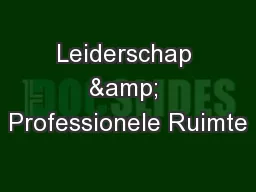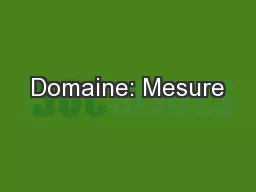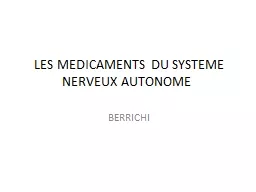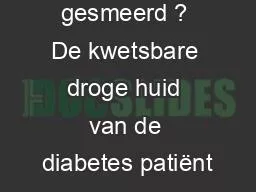PPT-Cardiovasculaire Autonome Functiestoornissen
Author : badra | Published Date : 2022-06-11
Jaap Deinum Dept of Medicine Div of Vascular Medicine Research contracts ZONMW Consulting Medtronics Daiichi Sankyo Takeda Dutch Society of Hypertension Employment
Presentation Embed Code
Download Presentation
Download Presentation The PPT/PDF document "Cardiovasculaire Autonome Functiestoorni..." is the property of its rightful owner. Permission is granted to download and print the materials on this website for personal, non-commercial use only, and to display it on your personal computer provided you do not modify the materials and that you retain all copyright notices contained in the materials. By downloading content from our website, you accept the terms of this agreement.
Cardiovasculaire Autonome Functiestoornissen: Transcript
Download Rules Of Document
"Cardiovasculaire Autonome Functiestoornissen"The content belongs to its owner. You may download and print it for personal use, without modification, and keep all copyright notices. By downloading, you agree to these terms.
Related Documents

